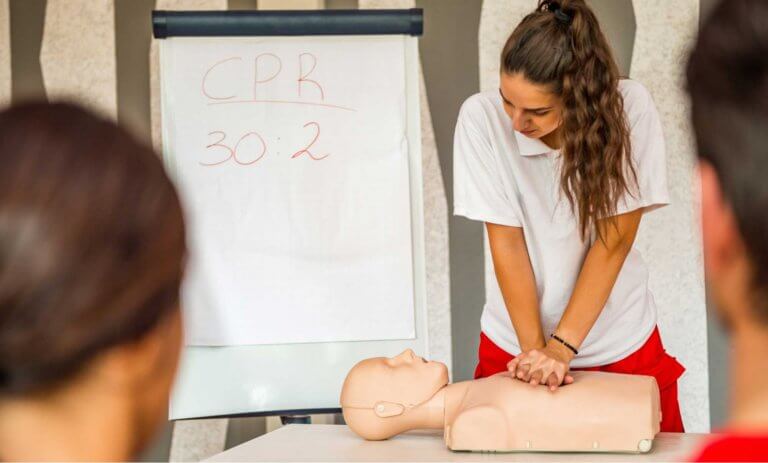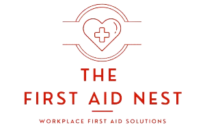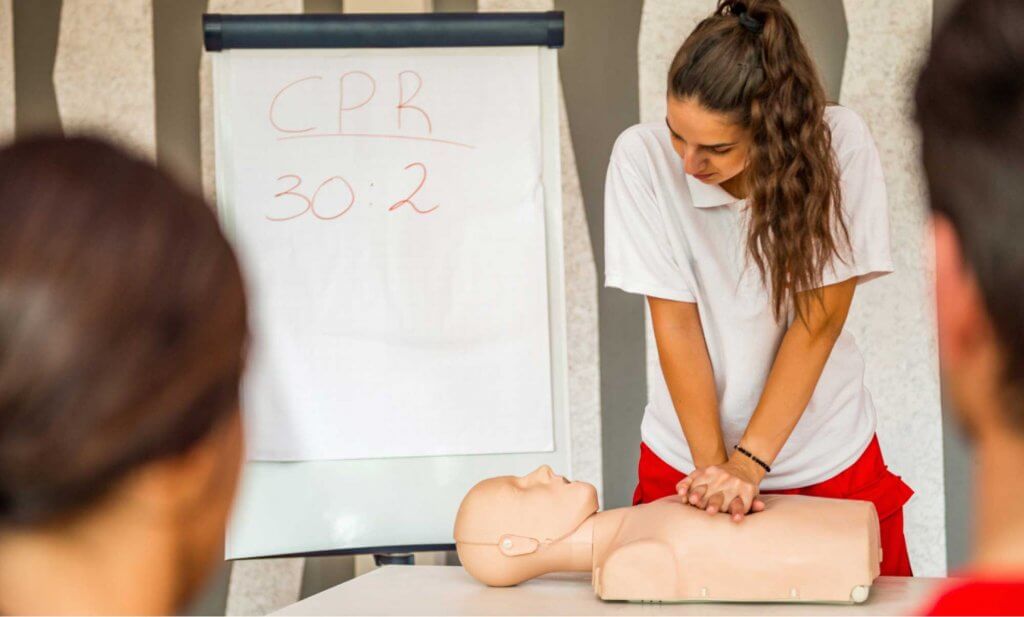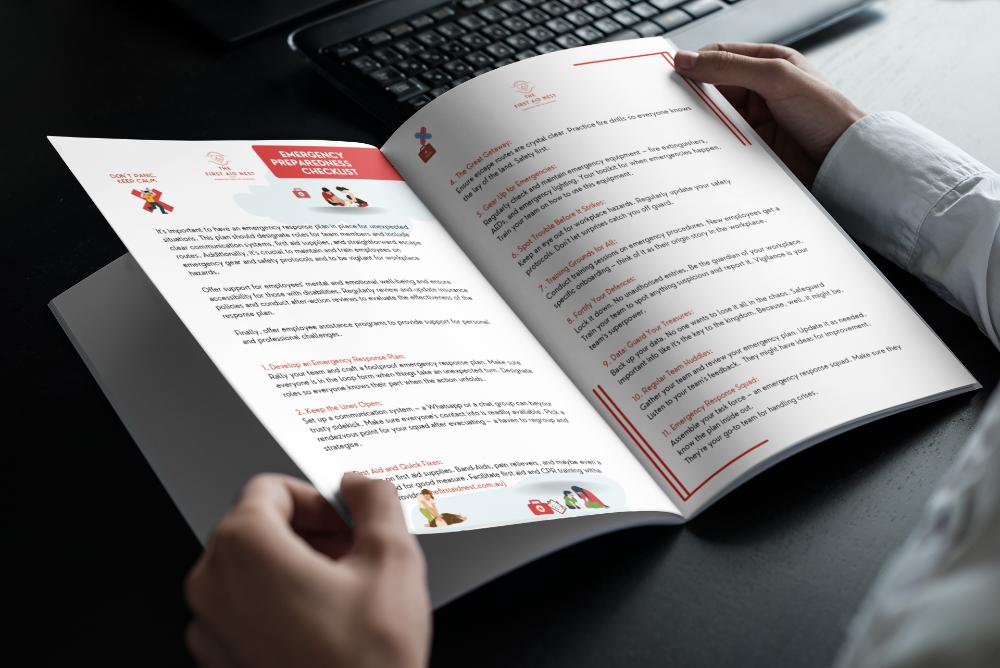6 Common Questions in a First Aid Course

Here are the six most frequently asked questions in a course for your first aid certificate.
How can I be confident that I am doing the right thing?
At the end of the day, your level of confidence will correspond with your level of training and how you were trained. Gaining your first aid certificate is a physical skill, and it is very important to practice. This is why we spend the majority of our first aid courses doing hands-on skill practice or realistic emergency scenarios.
Can I kill a person with CPR?
When you look at CPR being done, especially when you’re seeing it for the first time, it can be very graphic. Consider that someone is pressing down on your chest more than 6 cm – of course, that is going to cause some damage! It is reasonable to think that you are going to hurt a person.
One of the more recent scientific changes in basic CPR protocol was the elimination of the pulse check. Prior to this elimination, instructors often told students in courses that if you compress on a beating heart you can kill a person. It turns out that after significant scientific review, this is not actually the case.
In addition, the research indicated that people are not very good at checking pulses and that the time it took would often decrease the effectiveness of CPR. We do CPR on anyone who is unconscious and not breathing, and the injuries that person may sustain from CPR are much preferable to the alternative.
Will I break ribs when I do CPR?
Rib fractures can occur when doing CPR chest compressions. It does not happen all the time, in all situations, and is not necessarily something the first aider is trying to do. As long as the person doing CPR is compressing one-half to one-third of the person’s chest depth (or at least 2 inches on an adult), the CPR is effective.
Cracked bones are injuries that can heal within a few weeks. If you hear cracking while you are giving compressions, make sure your hands are in the correct position and continue compressing.
What is the success rate of CPR?
CPR, especially if administered immediately after cardiac arrest, can double or triple a person’s chance of survival. About 90% of people who experience an out-of-hospital cardiac arrest die.
How do we increase the rate of survival? If the first-aider is able to respond immediately, call 000, and apply an AED (Automated External Defibrillator) within one minute of the cardiac arrest, the chance of survival can be up to 90%! This chance goes down about 10% every minute that goes by without an AED.
This is why having your first aid certificate AED accessible in busy public locations (like airports, malls, and government buildings) is so important. We know all this information seems overwhelming, but once you have gained your first aid certificate, you will feel so much more confident.
What If I’m alone at the scene of an accident? what is more important – calling 000 or helping the person?
If you are alone with an adult and they are not breathing it is best to leave a call 000. If you are alone with a child or infant and they are not breathing give them one minute of CPR then go call 000. Your workplace will have their own procedures and protocols for situations such as these. You’ll find more information about workplace safety here.
What should I have in my first aid kit?
The following items are very important to have in your first aid kit:
1. CPR Pocket Mask with a one-way valve to protect yourself.
2. Vinyl or Nitrile Gloves – at least two pairs. Do not use latex as it can cause an allergic reaction.
3. Sterile gauze of various sizes for cleaning and treating small wounds.
4. Large pressure dressing or abdominal pads for treating major bleeding.
5. Bandages of various sizes, including fingertip, knuckle, and butterfly.
6. Simple Wrap™, also known as Coban™ or Sensi Wrap™
7. Bandage scissors – preferably stainless steel.
8. Instant cold packs for treatment of anything that causes swelling.
9. Blankets for treatment of shock or hypothermia.
Want to read more? Find our blog on ‘Why does first aid training change?” here.
Want more? We’ve got you covered…
Our Baby First Aid Courses
Our baby first aid courses are available in person in your home and online. We run classes in your home with groups of 2, 4 or up to 10 in Sydney & Melbourne and you can book in 3 easy steps!
- Pick your class
- Follow the prompts to purchase
- We will contact you within 24 hours to lock in your date of choice
Our First Aid Certificate Courses
We run most of the popular first aid courses Australia wide. HLTAID011 Provide First Aid, HLTAID009 Provide CPR, HLTAID012 Provide First Aid in an Education & Care Setting, RAMOAP (anaphylaxis), Mental Health first aid and CPR/LVR to name a few.
Book your public spot online or contact us if you have a group of 5+ people for onsite training.
Here are some other resources you may enjoy!
FREE GUIDE: Your Virtual Baby First Aid Kit
FREE GUIDE: Introducing Common Allergy Foods & Allergic Reactions
FREE Workplace Emergency Preparedness Plan: Grab this at the bottom of every page!
Follow for baby & child first aid and allergy info and tips on Instagram, TikTok & Facebook all @thenestcpr



Thanks for pointing out that the amount of confidence you has corresponds with your level of training when administering first aid. I had a scary medical emergency two years ago and a good Samaritan saved my life. I would like to take a course in first aid so if I can help someone else if ever I am in the position to.
It is so important to have confidence in yourself! Stay safe Greta!